

Nothing much is known about Carl Barks' years as an
employee
in the field of short cartoons at the Walt Disney Studios from 1935 to 1942
(see more
HERE). At
the time he was not a particularly outstanding employee, and when
he became famous decades later, people tended to ask him
questions about his comic book work instead. At any rate, by that
time, Barks would have had trouble reminiscing that far back in
time.
We know that he first worked
for Disney at 2719 Hyperion Avenue
in Los Angeles, California
(the corporation moved into the new premises in Burbank in 1941).
Luckily, it is possible to dig up a few interesting photos and
titbits about Barks' connection with the Hyperion plant, although they are not
necessarily focused on him.
|
PROLOGUE |
|
Walt Disney's first official and 'real'
studio was situated at 2719 Hyperion Avenue in Los Angeles, California. He and his brother Roy bought the
vacant lot in 1925 and they immediately began
constructing the studio building. As time went by the necessity for more space forced the two brothers to expand by building smaller buildings as well as moving into adjacent vacant houses around the original site, and they soon realized that they had to make a major decision - the Disney empire grew at a rapid pace and they needed much more room than they could possibly acquire on the overcrowded lot. So Walt began looking for somewhere else to settle. |
|
GALLERY |
||
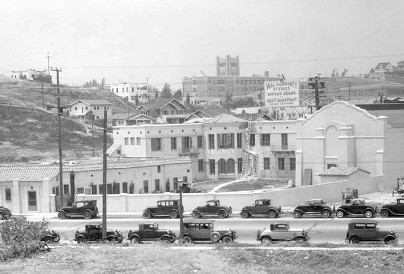 1931: The early spread |
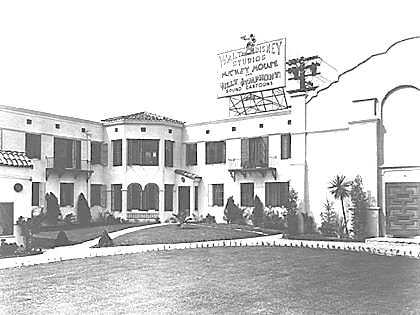 1931: Front view of the studio building |
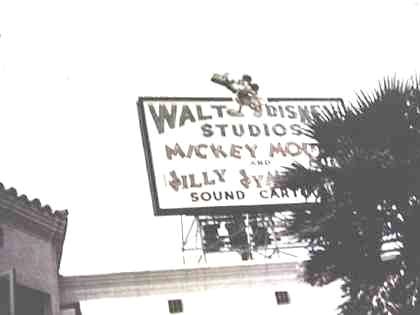 1931: Broadcasting neon sign on the roof |
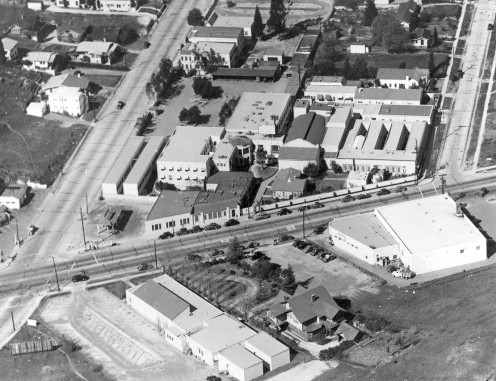 1939: Aerial view of the now widespread plant |
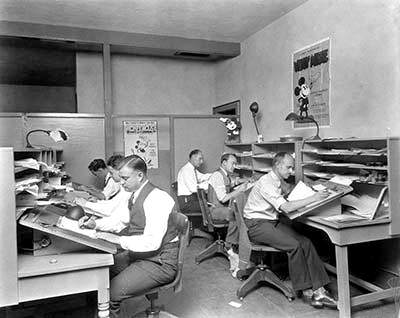 Mickey Mouse animation department |
 Ink and paint department |
|
|
 Walt in the sound stage monitor room |
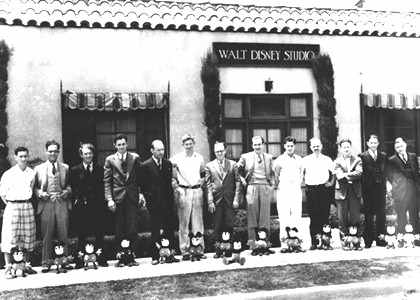 Ca. 1931: Walt with a few staff - and Mouses |
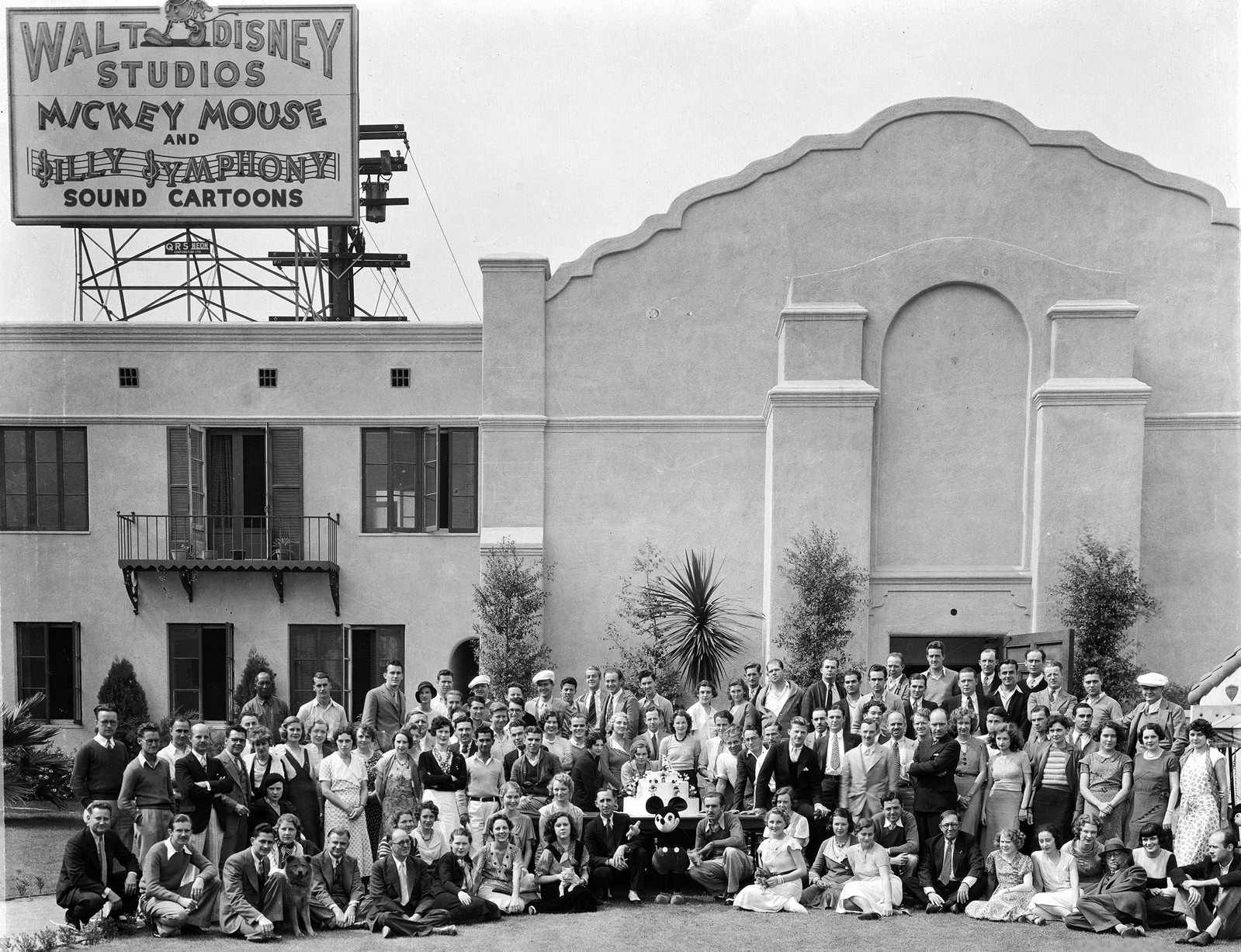 1932: The entire staff (see more HERE) |
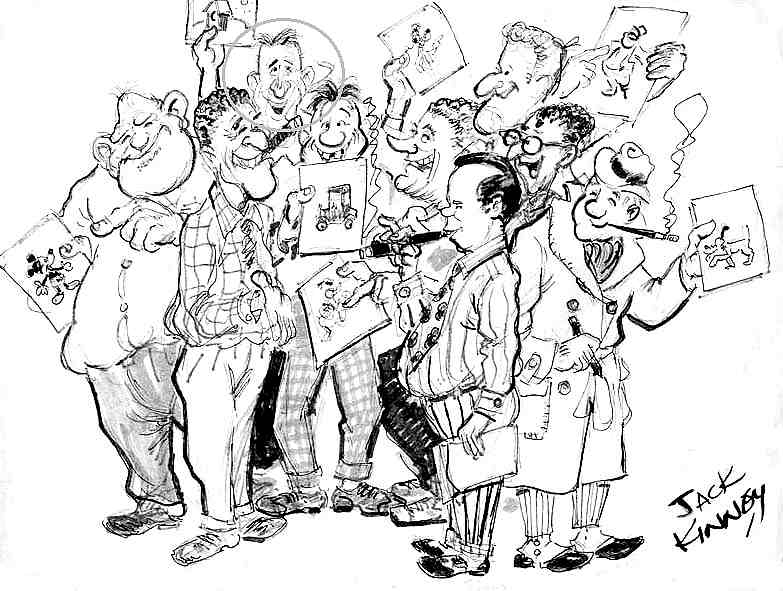 Ca. 1938: Some of the animators (see more HERE) |
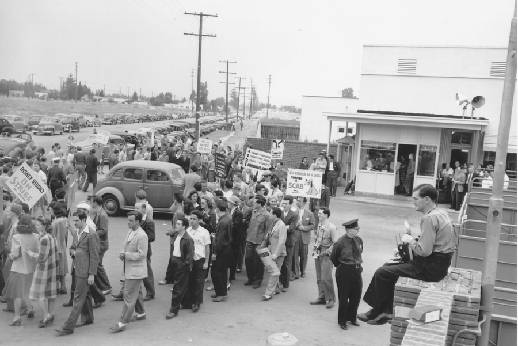 1941: Picketers at the main gate (see more HERE) |
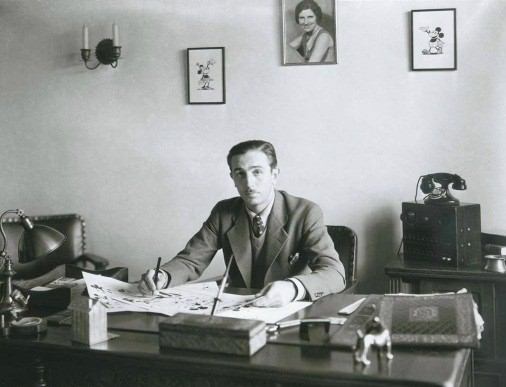 Walt in his initial office |
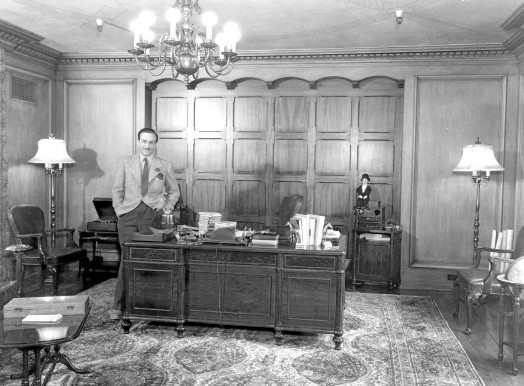 Ca. 1938: Walt in his renovated office |
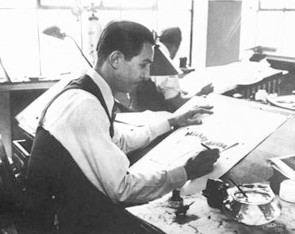 An extremely rare sight: Walt actually drawing... |
|
TITBITS |
|||
|
|
THE UNSUNG EMPLOYEES |
|
Many of the employees such as animators, writers, and musicians are fairly well known through their outgoing work, but the company also had a considerable non-artistic staff that was not publicly known. Here is a small selection of staff members with emphasis on the more unusual and interesting ones: Bill Garity, head engineer |
|
BARKS |
|
|
EXTRA
|
TODAY |
|
|
http://www.cbarks.dk/THEHYPERIONYEARS.htm |
Date 2016-12-24 |